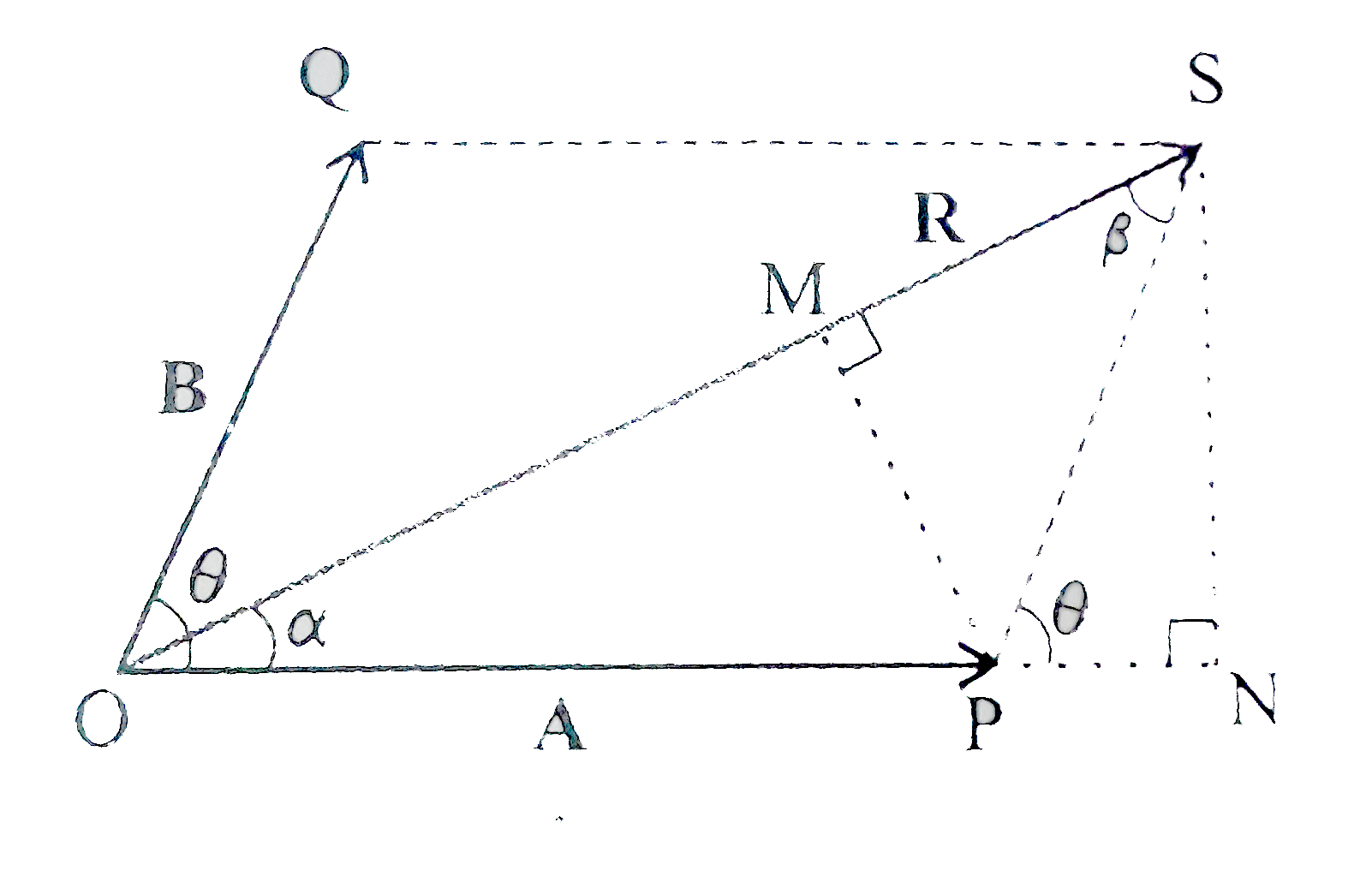Text Solution
Verified by Experts
|
Topper's Solved these Questions
MOTION IN A PLANE
NCERT|Exercise EXERCISE|32 VideosView PlaylistMECHANICAL PROPERTIES OF SOLIDS
NCERT|Exercise EXERCISE|21 VideosView PlaylistMOTION IN A STRAIGHT LINE
NCERT|Exercise EXERCISE|28 VideosView Playlist
NCERT-MOTION IN A PLANE -EXERCISE
- Find the magnitude and direction of the resultant of two vectors A and...
03:54
|
Playing Now - State, for each of the following physical quantities, if it is a scala...
02:49
|
Play - Pick out the two scalar quantities in the following list: force, angul...
01:52
|
Play - Pick out the only vector quantity in the following list: Temperature...
02:21
|
Play - State with reasons, whether the following algebraic operations with sc...
05:45
|
Play - Read each statement below carefully and state with reasons, with it is...
05:14
|
Play - Establish the following inequalities geometrically or otherwise , (...
07:38
|
Play - Given vec A + vec B+ vec C + vec D =0, which of the following stateme...
05:36
|
Play - Three girls skating on a circular ice ground of radius 200 m start fr...
02:58
|
Play - A cyclist starts from the center O of a circular park of radius 1km, r...
07:52
|
Play - On an open ground, a motorist follows a track that turns to his left b...
07:19
|
Play - A passenger arriving in a new town wishes to go from the station to a ...
02:40
|
Play - Rain is falling vertically with a speed of 30 ms^(-1) . A woman rides...
05:20
|
Play - A man can swim with a speed of 4kmh^(-1) in still water. He crosses a ...
03:38
|
Play - In a harbour, wind is blowing at the speed of 72 km //h and the flag ...
03:44
|
Play - The ceiling of a long hall is 25 m high. What is the maximum horizont...
02:48
|
Play - A cricketer can throw a ball to a maximum horizontal distance of 100m...
02:43
|
Play - A stone tied to end of a string 80 cm long is whirled in a horizontal...
03:07
|
Play - An aircraft executes a horizontal loop of radius 1 km with a steady sp...
02:02
|
Play - Read each statement below carefully and state, with reasons, if it is ...
04:54
|
Play - The position of a particle is given by vec r= 3.0 t hat i - 2.0 t^2 h...
02:06
|
Play
